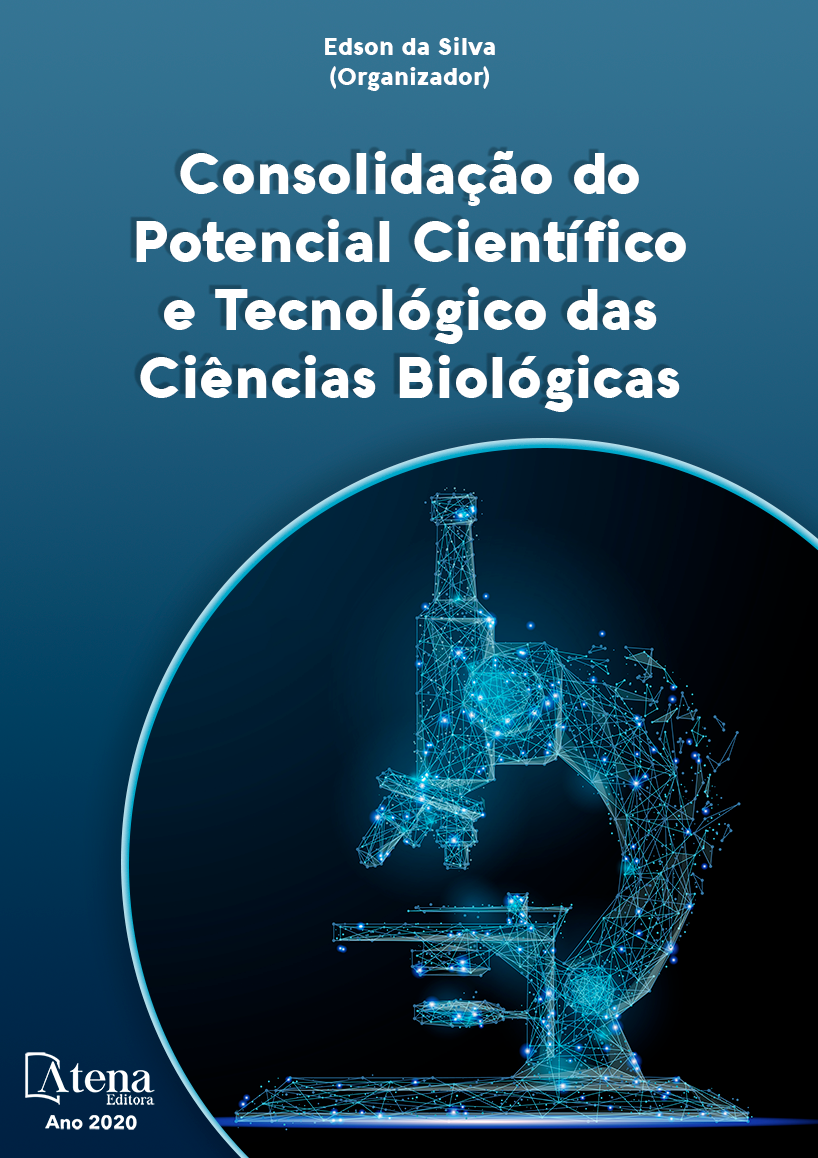
PRÁTICAS E INSUMOS BIOLÓGICOS NO CULTIVO DA COUVE
Estratégias baseadas nos princípios da agroecologia e do controle
biológico podem ser alternativas para reduzir os resíduos químicos tóxicos nos
cultivos agrícolas. Neste sentido, foram executados estudos visando oferecer
alternativas sustentáveis para o controle de insetos e promoção de crescimento
vegetal em couve (Brassica oleracea var. Acephala). Os experimentos foram
desenvolvidos no Centro de Pesquisa em Florestas da Secretaria da
Agricultura, Pecuária e Desenvolvimento Rural, no município de Santa Maria
(RS), e versaram nos seguintes temas: 1) Trichoderma sp. na promoção de
crescimento vegetal; 2) Bacillus thuringiensis na supressão da traça das
crucíferas; e 3) diversificação vegetal da bordadura do cultivo na ocorrência de
insetos fitófagos. Os resultados demonstraram que a inoculação dos isolados
de T. asperelloides e T. virens no solo promoveram incrementos de 36,65 % e
47,97 % nos valores de massa fresca de couve na primeira colheita,
respectivamente. O produto Dimypel ® , à base de B. thuringiensis, gerou maior
número de folhas e massa foliar apenas na fase inicial do cultivo. Plantas de
couve mantidas em até 2 m da faixa de tagetes (Tagetes patula), funcho
(Foeniculum vulgare) e fava (Vicia faba) apresentaram menor abundância e
ocorrência do coleóptero Diabrotica speciosa (Chrysomelidae). Conclui-se que,
em distintos graus de eficiência, a prática de diversificação vegetal e os
bioinsumos avaliados demonstram potencial para serem utilizados no manejo
do cultivo da couve, incrementando a produtividade, e contribuindo assim para
a redução de agrotóxicos no sistema.
PRÁTICAS E INSUMOS BIOLÓGICOS NO CULTIVO DA COUVE
-
DOI: 10.22533/at.ed.47020030815
-
Palavras-chave: Brassica oleraceae, Trichoderma sp., Bacillus thuringiensis, controle biológico conservativo
-
Keywords: Brassica oleracea, Trichoderma sp., Bacillus thuringiensis, conservative biological control
-
Abstract:
Strategies based on the principles of agroecology and biological
control can be alternatives to reduce toxic chemical residues in agricultural
crops. Studies were carried out aiming to offer sustainable alternatives for the
control of insects and promotion of plant growth in cabbage (Brassica oleracea
var. Acephala). The experiments were carried out at the Forestry Research
Center of the Secretariat of Agriculture, Livestock and Rural Development, in
Santa Maria (RS), and addressed the following themes: 1) Trichoderma sp. in
the promotion of plant growth; 2) Bacillus thuringiensis in the suppression of the
cruciferous moth; and 3) vegetable diversification of crop boundaries in the
occurrence of phytophagous insects. Results showed that the inoculation of the
T. asperelloides and T. virens isolates in the soil provided 36.65 % and 47.97 %
increments in the leaf fresh mass values marketed at the first harvest,
respectively. The Dimypel ® , based on B. thuringiensis, generated a greater
number of leaves and leaf mass marketed only in the initial phase of cultivation.
Cabbage plants kept up to 2 m from the tagete (Tagetes patula), fennel
(Foeniculum vulgare) and fava bean (Vicia faba) showed less abundance and
occurrence of the coleopteran Diabrotica speciosa (Chrysomelidae). It is
concluded that, in different degrees of efficiency, the practice of plant
diversification and the bio-inputs evaluated demonstrate the potential to be used
in the management of cabbage cultivation, increasing productivity and thus
contributing to the reduction of pesticides in the system.
-
Número de páginas: 17
- Roberta Rodrigues Roubuste
- Isabella Campos
- Artur Fernando Poffo Costa
- Vicente Guilherme Handte
- Alexssandro de Freitas de Morais
- Ricardo Bemfica Steffen
- Evandro Luiz Missio
- Cleber Witt Saldanha
- Joseila Maldaner
- Gerusa Pauli Kist Steffen
- Rosana Matos de Morais


